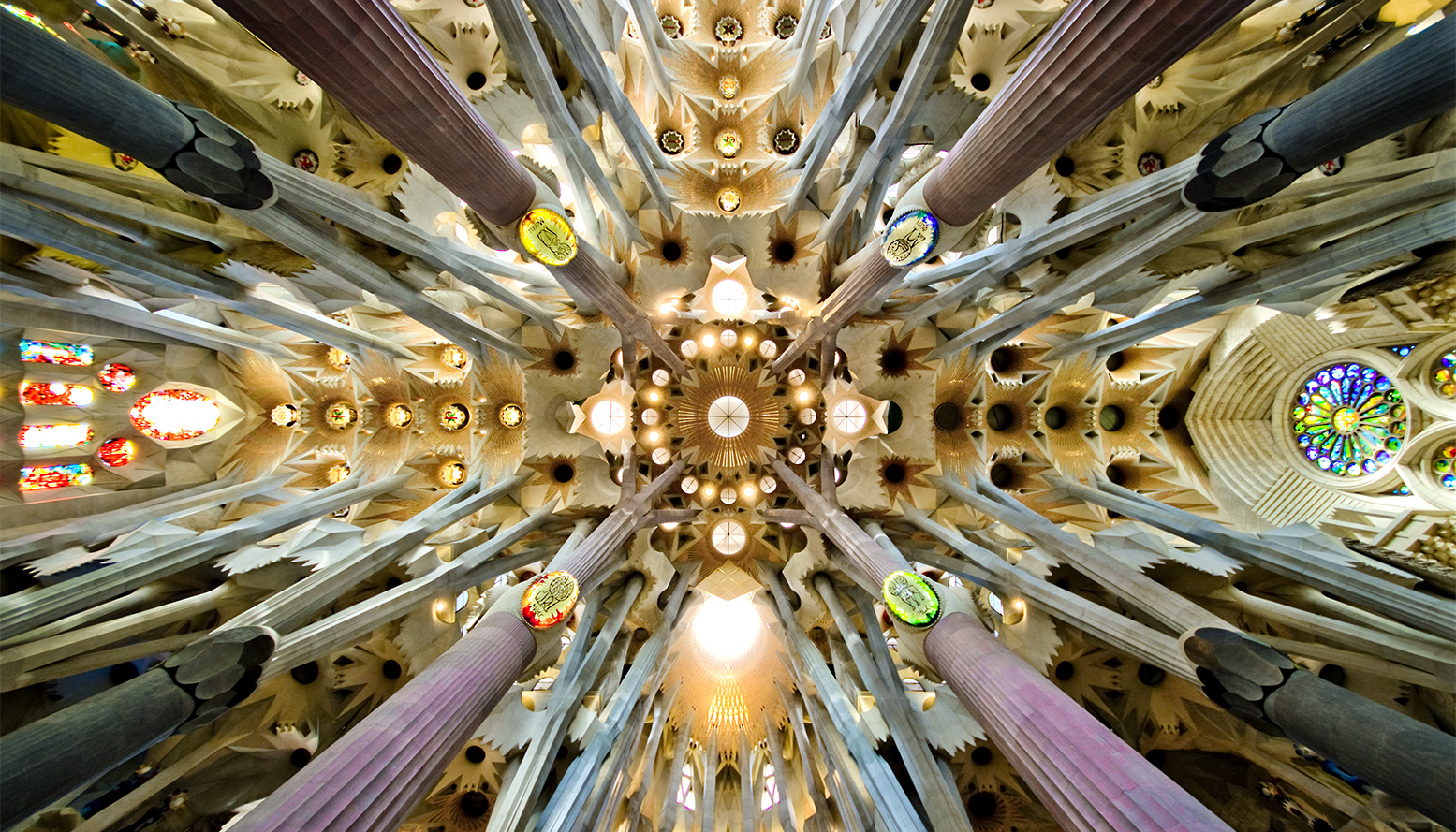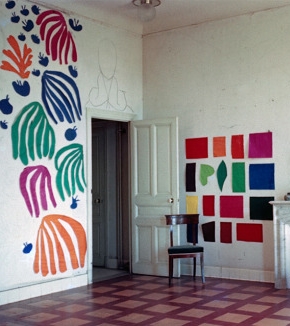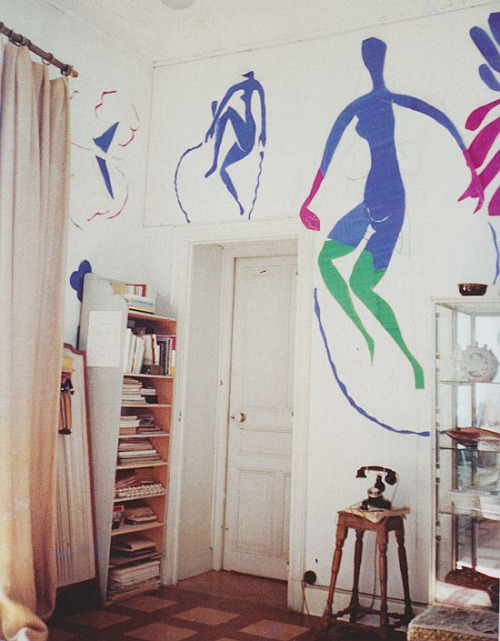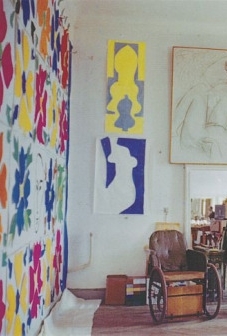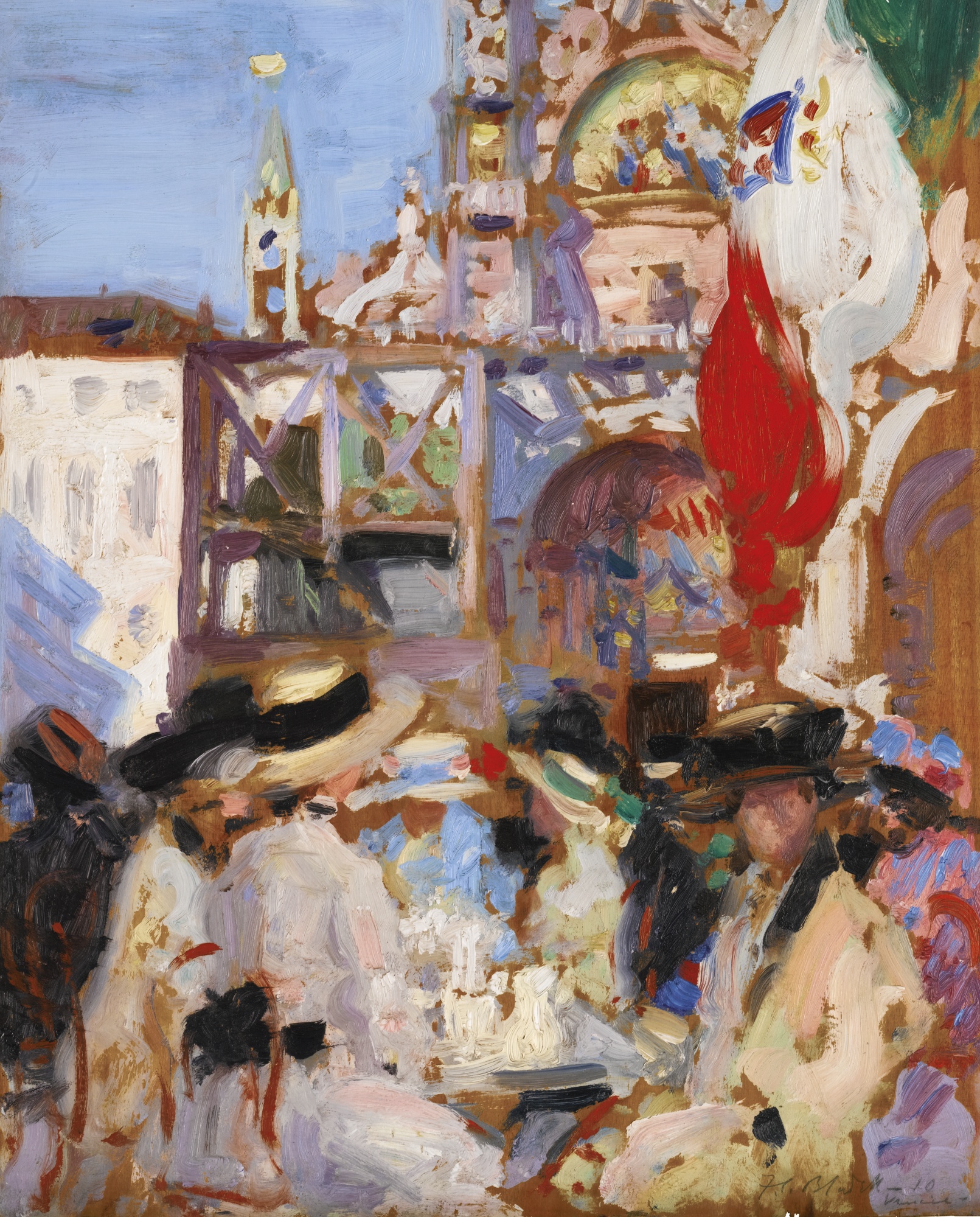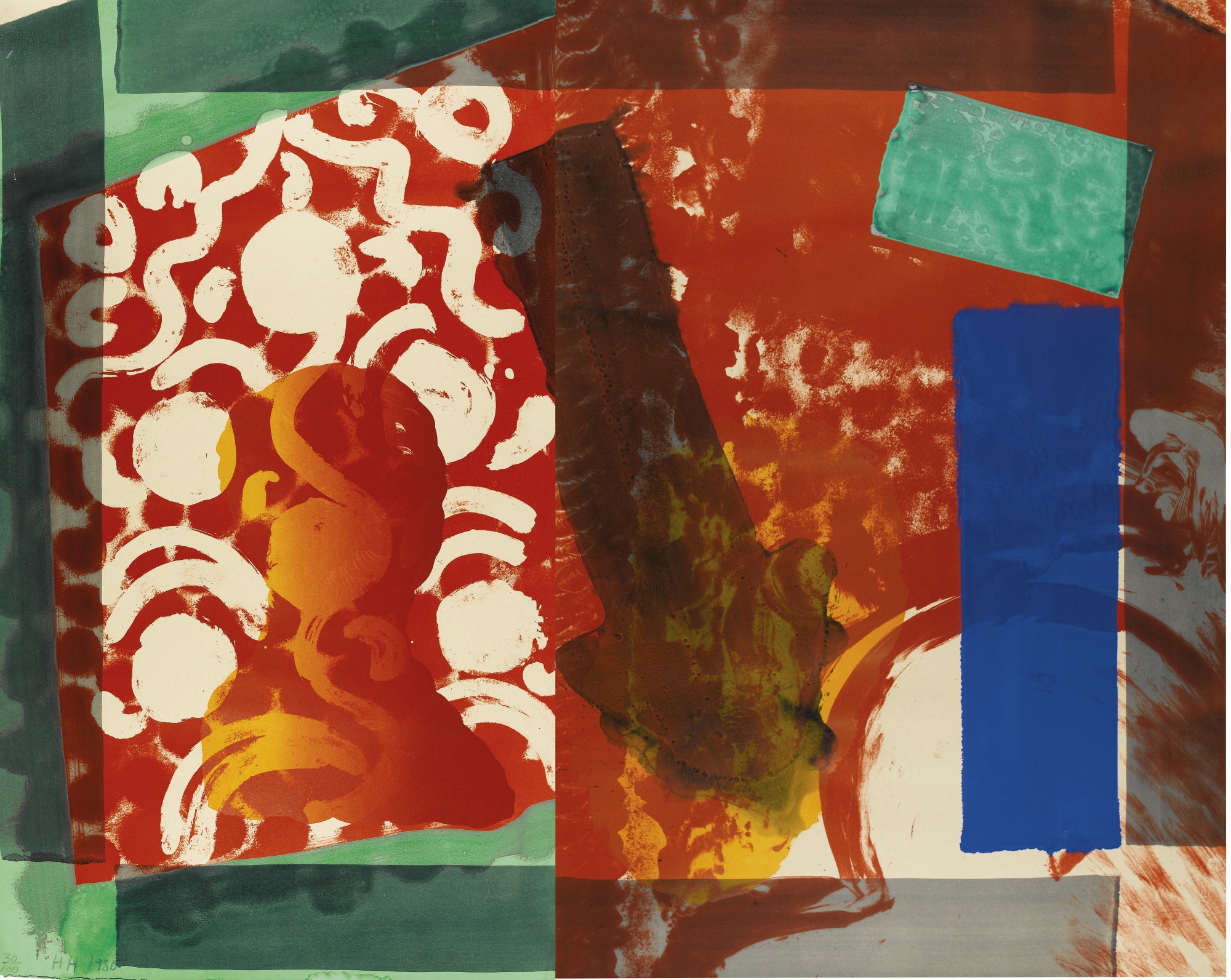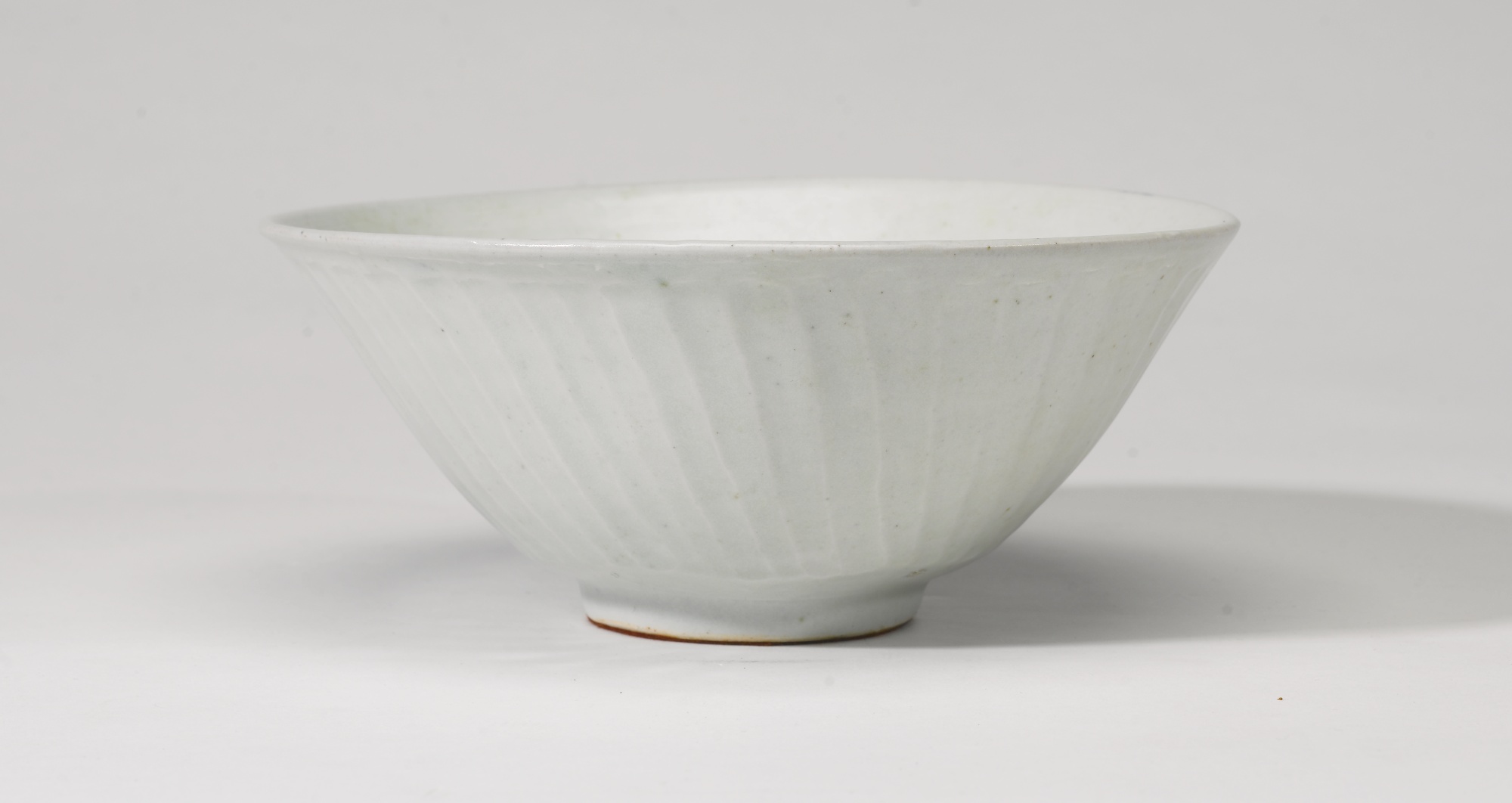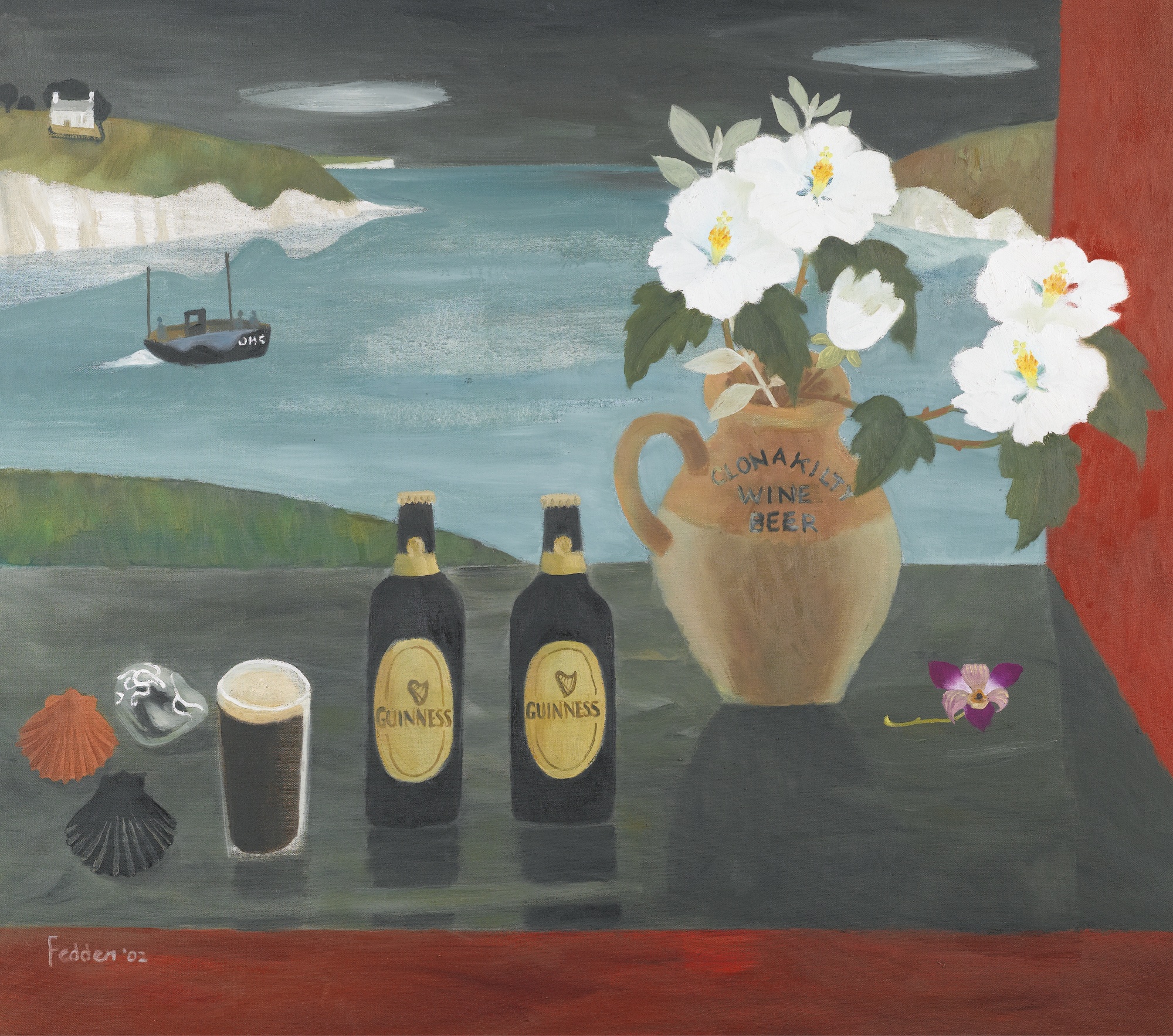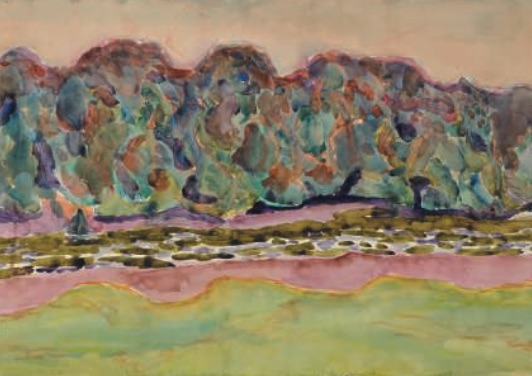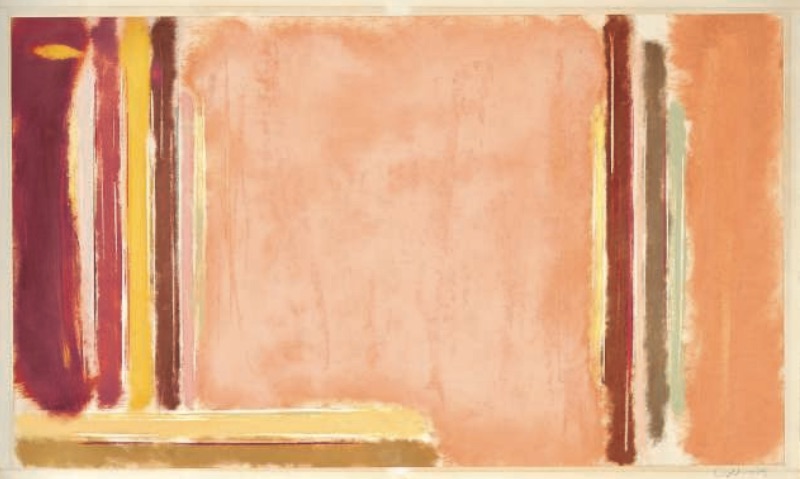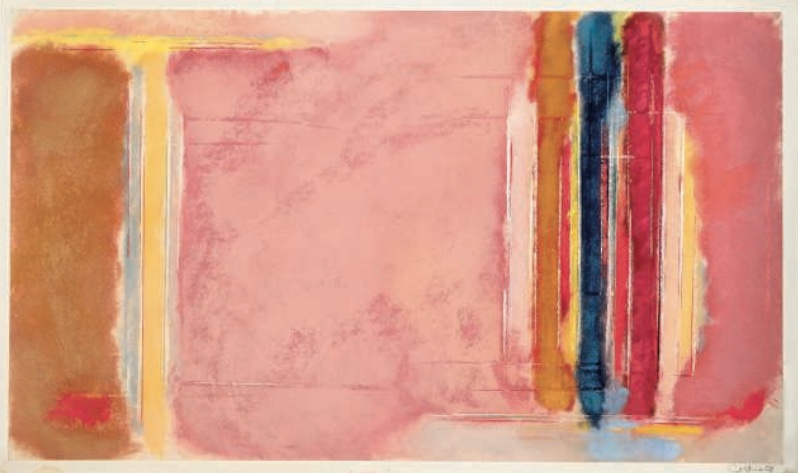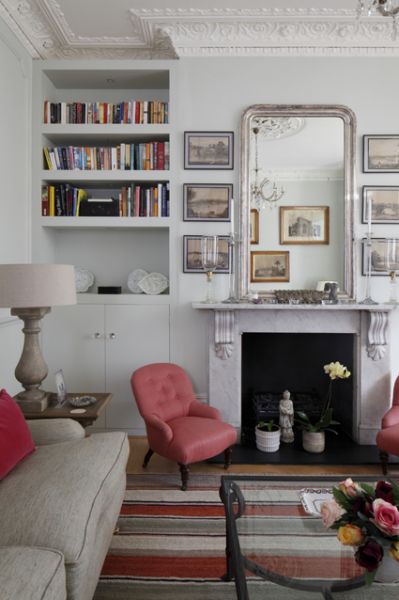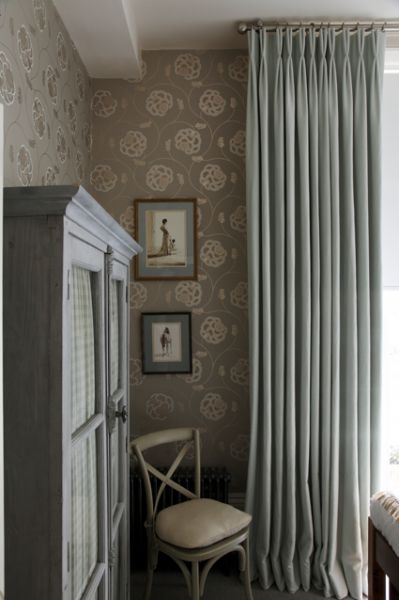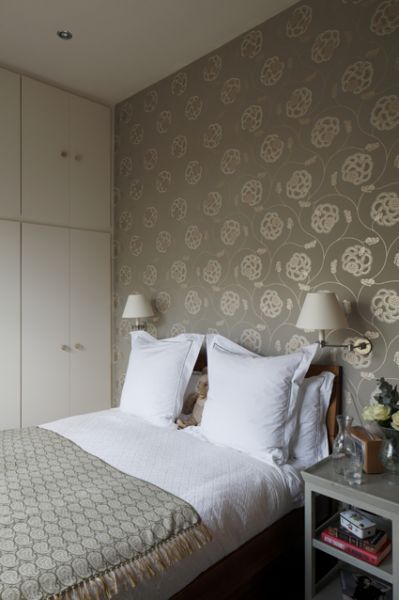Travel remains a leading source of inspiration for Devas Designs and we are always excited to explore and discover cultural hotspots across the world. Recently one of our team visited Barcelona, a city bursting with colour and culture.
Here's a guide to our must-visit cultural sights in Barcelona:
1/ Museu Picasso
The Picasso Museum houses one of the most extensive collection’s of Picasso’s work with over 4,000 exhibited pieces. Comprising five medieval stone mansions, the museum is itself a beauty to behold with beautiful courtyards and winding staircases. Much of the collection focuses on Picasso’s formative years and the masterpieces he painted during his early teens - while not his most iconic works, they set him up as an artist of immense character and skill and it’s interesting to see his continual stylistic changes. A particular highlight was the room dedicated to his famous Blue period as well as a collection of Cubist paintings. A staggering collection in a stunning setting, one of our must-see Barcelona sights.
2/ Gaudi in Barcelona: Sagrada Familia, Park Guell and Casa Batllo
Sagrada Familia - It would be impossible not to mention Antoni Gaudi’s architectural masterpieces, his most distinctive creations are in Barcelona. The city’s shining glory is the Sagrada Familia, the giant basilica famously known for its continued construction which commenced in 1882. It’s a wild combination of Gothic and Art Nouveau forms and once inside, the stained glass windows cast a myriad of rainbow colours across the space.
Park Guell - Perhaps our favourite of Gaudi’s creations due to its natural outdoor elements. It sits on Carmel Hill with views across the city, and provides a beautiful interplay of natural forms and mosaic decorated structures. The main section is ticketed, but the beautiful gardens remain to free to visit, their tall trees provide calm and shade above the bustling hot city in the distance.
Casa Batllo - A smaller but no less impressive construction by Gaudi in the centre of Barcelona. It encapsulates Gaudi’s unique take on Art Nouveau design with its elaborate facade covered in broken mosaic tiles. The skeletal-like balcony details and curved patterned roof again call on organic forms and fluidity. Inside the tiled room and stained glass windows are just as beautiful and arresting as its exterior.
3/ Barcelona Museum of Contemporary Art (MACBA)
For those looking for a more contemporary experience, Barcelona’s Museum of Contemporary Art, aka MACBA, is the place to go. MACBA’s collection dates from mid-20th Century to the present day and is known for its hard-hitting modern displays - when we visited there was a riotous exhibition about the influence of Punk on modern art.



